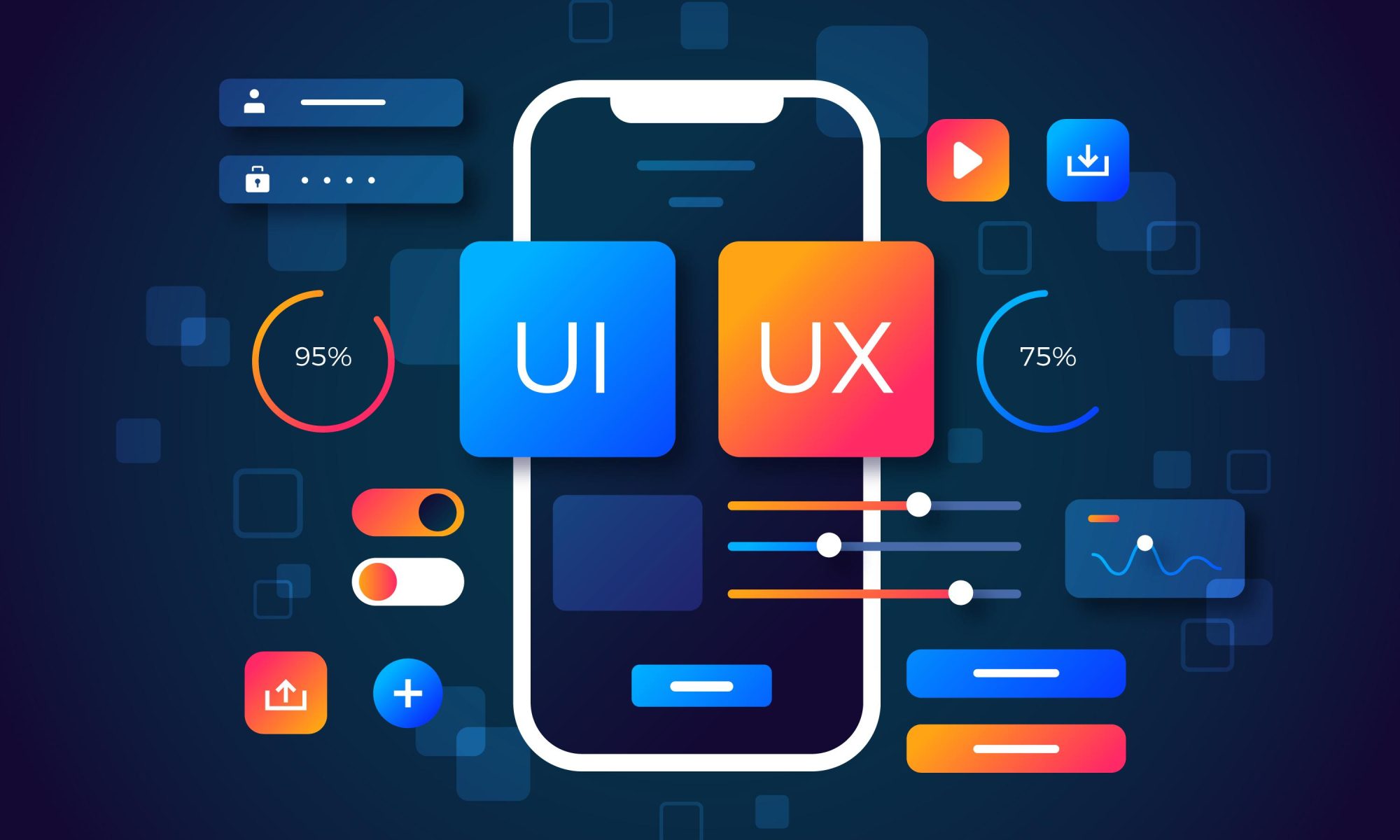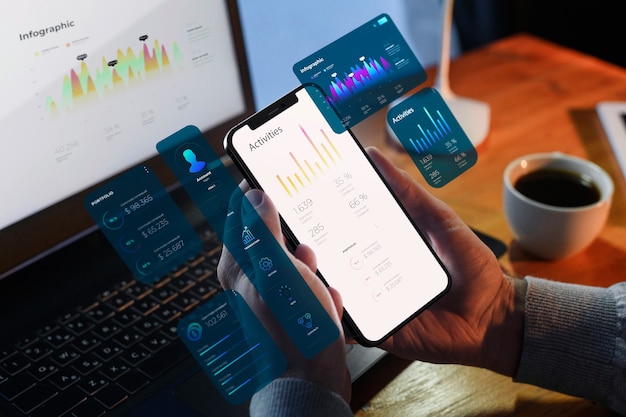App Development Companies in Mumbai are rapidly adopting 5G technology to enhance app performance, user experience, and speed. With the rise of high-speed connectivity, mobile app developers in Mumbai are leveraging advanced networks to deliver smoother, faster, and more responsive applications for businesses across industries.
How 5G Changes App Performance
Faster Load Times
With 5G, loading screens become almost a thing of the past. Apps open up fast, which means users stick around longer and engage more.
Real-Time Data Processing
Think live streaming, AR, VR, IoT—features that need instant feedback. 5G lets developers in Mumbai build these right in, without that annoying lag.
Better App Responsiveness
Low latency isn’t just a buzzword. Apps respond right away when users tap, swipe, or speak, so you can craft truly interactive experiences.
Stronger Cloud Connections
5G handles cloud storage and syncing in a snap. Developers can move data back and forth easily, making apps more efficient and reliable.
Fresh Opportunities for Mumbai’s App Developers
AR/VR Apps: Gaming, education, shopping—5G makes these experiences richer and more immersive.
IoT Integration: Connecting smart devices in real time gets a whole lot easier, which is huge for health, logistics, and smart home apps.
High-Performance Streaming: Video and music apps run smoother, and live streaming just works—no buffering, no headaches.
Getting the Most Out of 5G in App Development
Keep Apps Lean: Design lightweight apps that use 5G’s speed without wasting resources.
Double Down on Real-Time: Build features that take full advantage of super-low latency.
Test in Real Life: Don’t just rely on the lab. Try your app on actual 5G networks around Mumbai.
Lock Down Security: Faster data transfer means you need solid encryption to keep everything safe.
Want to know more about expert mobile app development in Mumbai? Check out top-rated development services or see how companies across India are shaping app trends.
FAQs
1.How does 5G make apps better?
It’s all about speed and low latency. Apps load faster and can handle real-time features smoothly.
2.What kinds of apps get the biggest boost from 5G in Mumbai?
Streaming, AR/VR, IoT-enabled, and real-time communication apps see the most improvement.
3.Should every app start using 5G right now?
Not always. It’s smart to look at your users, your app’s features, and your backend before jumping in.




